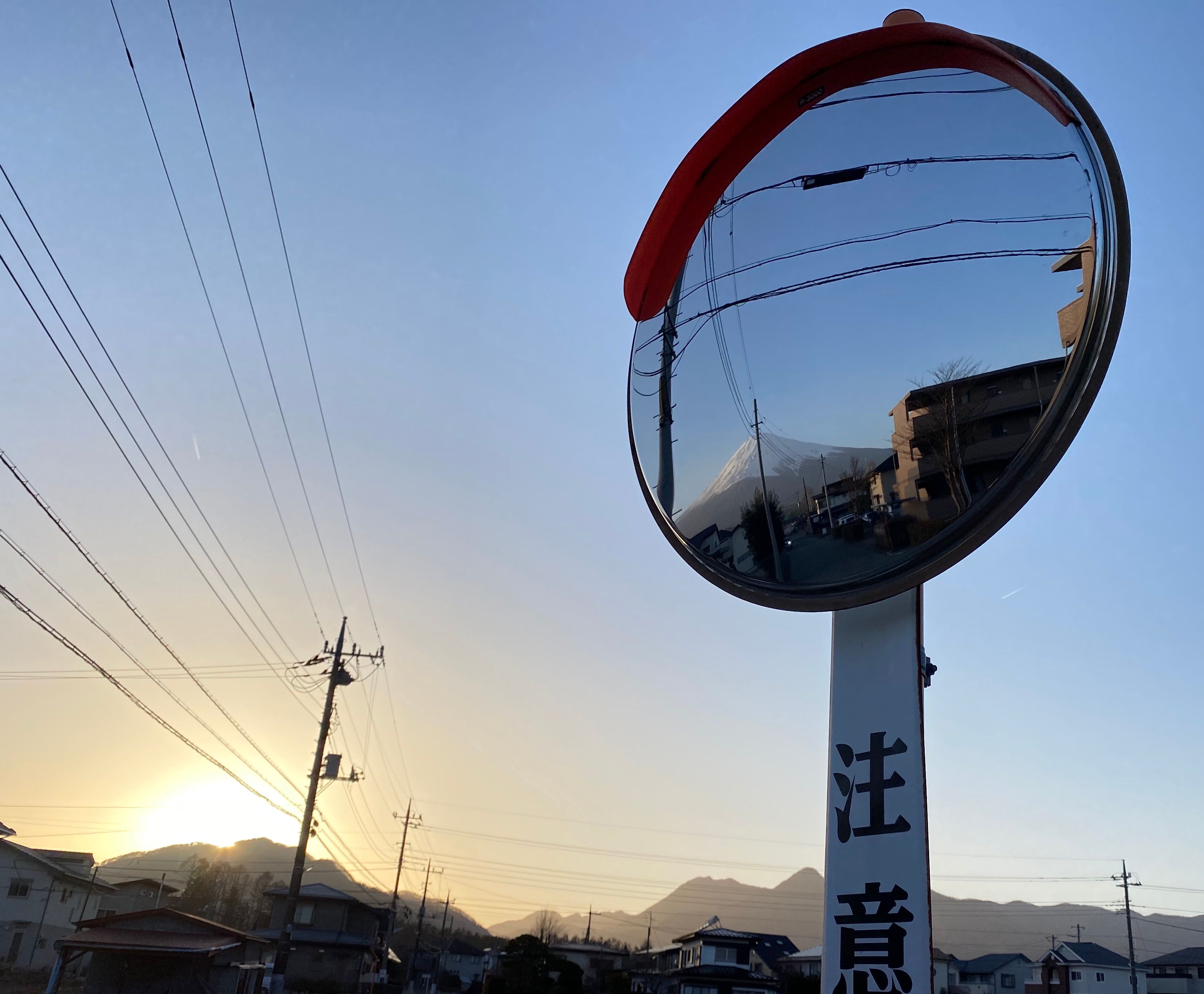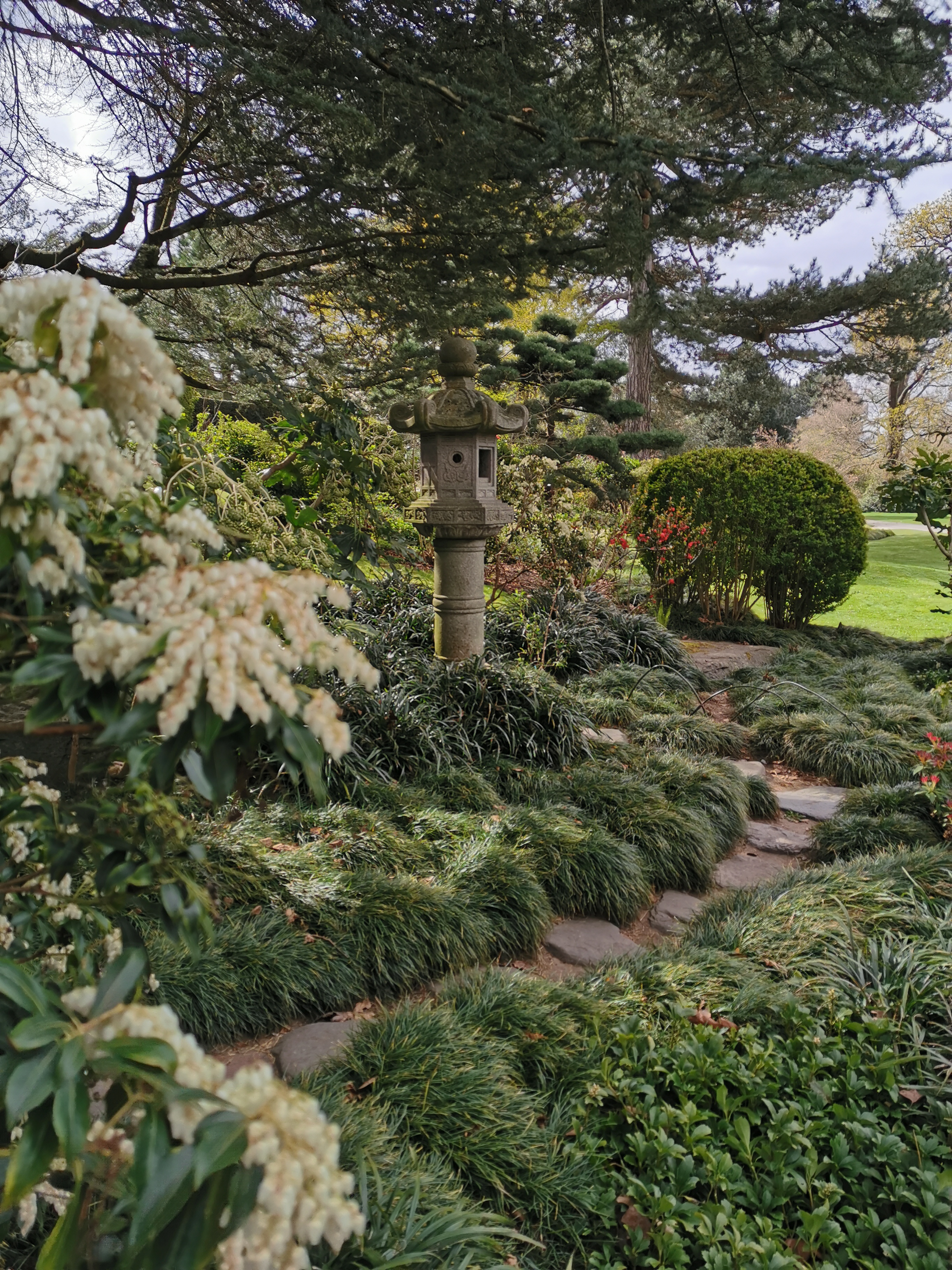
Of all the mountains in Wakayama Prefecture, Mount Koya has stood proudly as one of Japan’s most sacred sites ever since it was chosen by Japanese monk, Kobo Daishi (also known as Kukai) to build his Esoteric Buddhist dojo on over 1200 years ago. This great heritage can be experienced and appreciated in a wealth of activities where one can gain a better understanding of Japanese Buddhism.
Known in Japanese as ‘Koya-san’, this one peak in the Kii mountain range was favoured by one of Japan’s most significant religious figures for its lush nature and far-distance from bustling city life. Kobo Daishi was motivated by and subsequently known for the desire to educate people who would work for the happiness of others and pray for the eternal peace and security for the country and society.

 'Okunoin', Japan's largest cementary and the site of Kobo Daishi's mausoleum, Photo Credit: Wakayama Tourism Federation
'Okunoin', Japan's largest cementary and the site of Kobo Daishi's mausoleum, Photo Credit: Wakayama Tourism Federation
Spend the Night like a Monk

Temple lodging or 'shukubo', as they are known, are a great way to experience a quieter, simpler, more spiritual life. A stay includes vegetarian food, an early rise, and participation in morning Buddhist services. Mt. Koya is the most famous place in Japan for shukubo where about 50 temples offer lodgings. More information about shukubo on Mt. Koya can be found here.

Go Pilgrimage Trekking

The area around Mt. Koya is known as the Kumano region and is packed with sacred places. A network of UNESCO World Heritage-listed pilgrimage routes called the Kumano Kodo lead to these isolated spiritual hot spots. Along the trail are quaint accommodations and soothing hot springs, including the Kawayu Onsen in Hongu, where hot mineral waters bubbles to the surface of the river. More information on Kumano Kodo pilgrimage travel hikes can be found here.
Zone out through Ajikan Meditation

At Kongobu-ji Temple, you can practice relaxing ajikan meditation. It is traditionally held four days and week and said to be a great way to relax and remove yourself from the many distractions of the world. For those who have completed one session, you will also be able to participate in a more advanced experience, which you can reserve by calling the Kongobuji Education Section.
When in Koya, do Shakyo Sutra

Sutra copying is a popular activity at Buddhist temples around Japan, and Koyasan is no different. The Heart Sutra is a relatively short sutra, and copying the text can be an idyllic way to better connect with the content. If you have never written Japanese before, there is nothing to worry about, as the paper you use to copy the characters will sometimes have them pre-traced for you to copy.
Take a Leaf in Flower Arrangement

'Kado', or 'ikebana' is the Japanese art of flower arrangement. While it can get rather complex with the many styles and arrangement methods, a class on flower arrangement can be a fun opportunity to experience a traditional Japanese artform, and create something beautiful at the same time!
Soak in some Forest Therapy

'Shinrinyoku', also known as forest therapy is a wonderful way to recharge through the expansive forests that cover the Japanese landscape. Koyasan is a fantastic place for a forest walk, as much of the area is covered by trees, giving you ample time to take in all the scenery, fresh air, and history that it has to offer.
How to Get There
Mt. Koya is less than two hours from Osaka. It is most conveniently accessed by Nankai Railways from Osaka’s Namba or Shin-Imamiya Stations. Take the Nankai Koya Line from either station to the Gokurakubashi Station. At Gokurakubashi, transfer to the cablecar which travels up the mountain to Mt. Koya. The ride takes about five minutes.
Want to know more about that Buddhist life? Check out our interview with monk, make-up artist and LGBTQ+ activist, Kodo Nishimura on what Buddhism means to him here.
In the meantime, stay updated and follow us on Facebook and Instagram!

















































